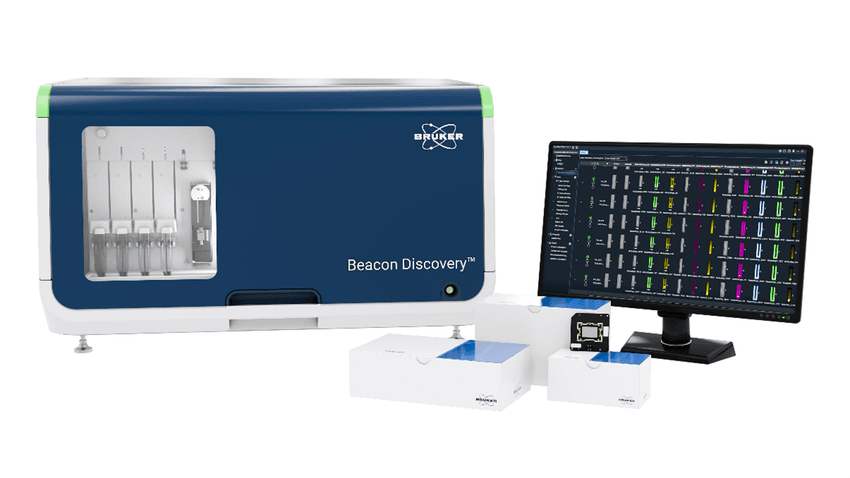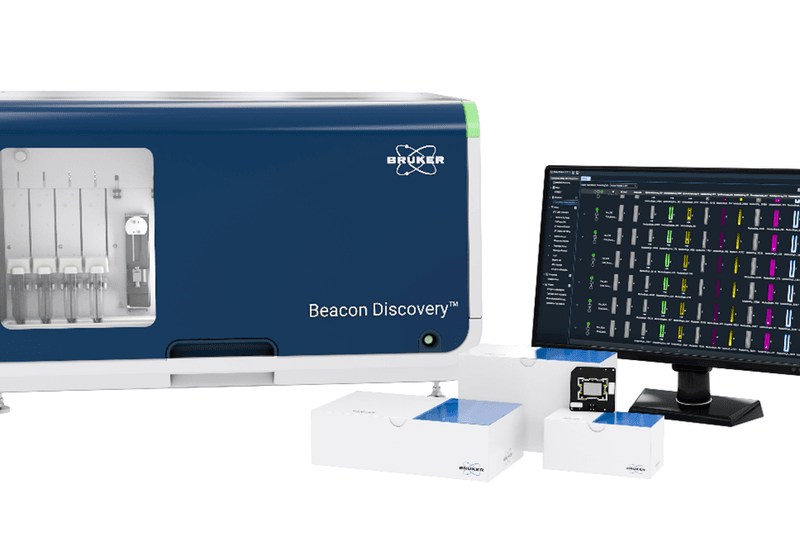Linking single cell functional insights with sequencing data provides unprecedented insight into the translational potential of cell therapies.
The growing understanding that most diseases are related to cellular dysfunction and dysregulation has researchers probing single cells to uncover the molecular mechanisms that contribute to disease and inform the development of novel therapeutics.
Single-cell sequencing allows scientists to differentially categorize cells based on their gene expression. However, gaining insights into cell function by direct measurement, rather than inference, can be challenging. To enable this, scientists from Bruker Cellular Analysis developed a cutting-edge platform named Beacon Discovery™, a microfluidic chip-based technology that uses optofluidics to direct individual cells into nano pens for live cell imaging. The platform allows researchers to directly measure live single-cell function and link this to single-cell sequencing data. “It’s exciting to see these things happening in real-time,” said Eric Hobbs, the executive vice president of Bruker Cellular Analysis.

Bruker Cellular Analysis’ Beacon Discovery combines optofluidics, microfluidic chips, and machine learning automation to enable rapid, reliable, and direct measurement of single-cell function in real time.
Bruker Cellular Analysis
Joseph Zenga, a clinician scientist at the Medical College of Wisconsin is interested in understanding which T cells distinguish cancer as a foreign entity and which have more of a bystander or suppressive function. Zenga’s team uses the Beacon Discovery platform to study the interaction of individual T cells and tumor cells. “We can grow malignant cells from patient biopsies, grow out the T cells from within those biopsy fragments, and then mix on this chip individual malignant cells from the patient. The interaction is visual, but more importantly, it’s biochemical—what cytokines the T cells secrete,” Zenga explained. “What is really cool about the system is you can then offload the individual T cells into a standard 96-well plate, and then do gene sequencing on those T cells that you think are tumor reactive, because you saw them react against the tumor.”
Hobbs is hopeful about the ability of Beacon Discovery to help empower biological research and accelerate academic and translational insights that inform personalized therapy approaches. “It’s easy to use. It’s flexible. We’re looking forward to the success of this product as we start to deliver units this year,” he said.

